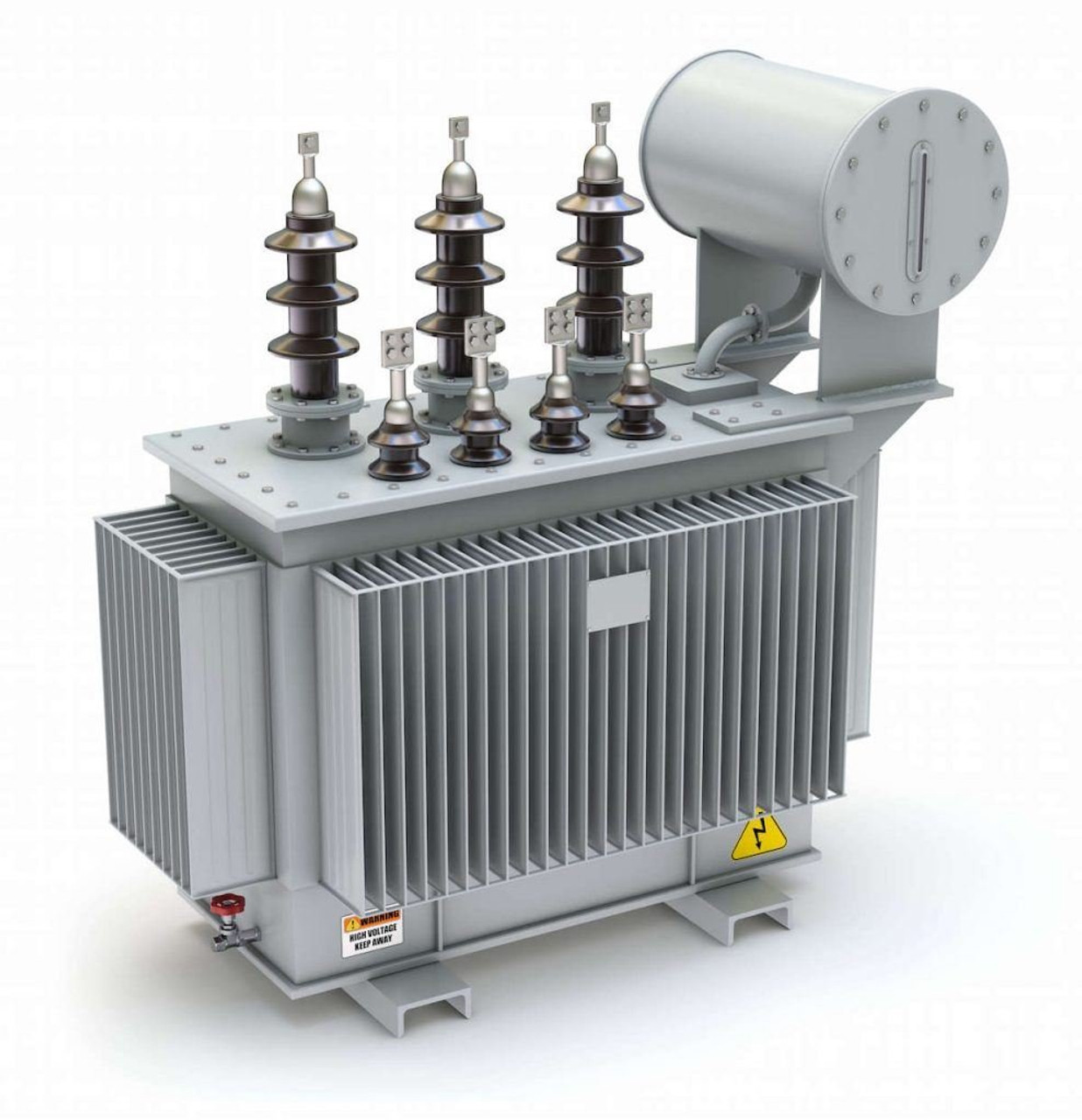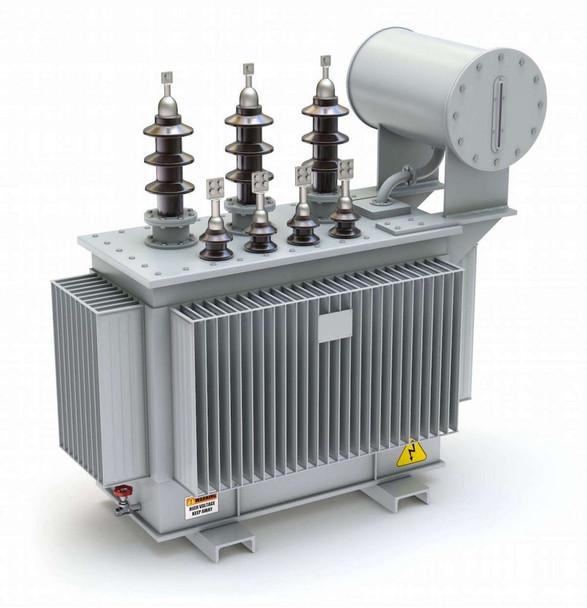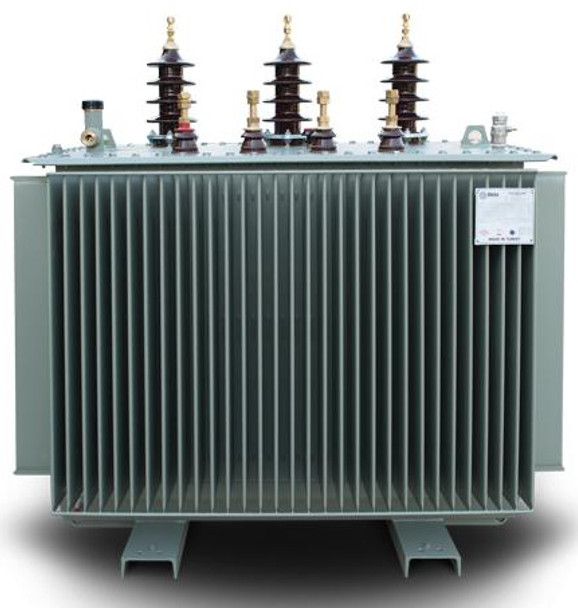The Best Transformer prices in Nigeria
Introduction
A transformer facilitates the delivery of electrical energy at minimum power loss. The best and affordable brand of transformers in Nigeria is the Meksan, Astor and ABB power transformer, they are available in 50KVA,100KVA,200KVA,300KVA, 500KVA,750KVA,1.0MVA to 7.5MVA.The basic parts of these transformer are the core, primary, and secondary winding. Apart from these, there are various other components, such as insulation, transformer oil, cooling arrangements, protection relays, enclosure, etc, present in larger transformers.
Buy Online... MEKSAN Power Transformer 50KVA 33.0/400KV
Power transformers are electrical devices used to step up or step down the voltage level of its supply source, and selecting the best brand is a good way to start such as the ABB Transformers. The process of stepping up or down depends upon the number of turns of primary and secondary winding. Transformers have primary winding and the secondary winding. The primary winding is the coil that draws power from the source. The secondary winding is the coil that delivers the energy at the transformed or changed voltage to the load.
Learn more on how to service a power transformer
Recommended power transformer and their prices in Nigeria
N.B: The below prices are valid at the time of publication, kindly note prices are subject to change as prices fluctuate. Kindly contact 08053098764 to confirm price validity.
1. Meksan Power Transformer
Meksan Transformer are a manufacturer of high-quality and reliable distribution and power transformers since 1999. Meksan’s product range consist of distribution transformers up to 12,5mva 36 kv, power transformers up to 50 mva, and special transformers.
Meksan Transformer - Price Range
| Transformer | Min price(₦) | Max price(₦) |
|
Meksan Power Transformer 50KVA |
6,700,000.00 | 6,900,000.00 |
|
Meksan Power Transformer 100KVA |
7,800,000.00 | 7,900,000.00 |
|
Meksan Power Transformer 200KVA |
10,300,000.00 | 10,700,000.00 |
|
Meksan Power Transformer 300KVA |
10,100,000.00 | 10,500,000.00 |
|
Meksan Power Transformer 500KVA |
15,500,000.00 | 16,000,000.00 |
2. Astor Power transformer
N.B: The below prices are valid at the time of publication, kindly note prices are subject to change as prices fluctuate. Kindly contact 08053098764 to confirm price validity.
Astor offers a complete range of copper distribution transformers designed to grant the reliability, durability, and efficiency required in utility.
Astor Transformer - Price Range
| Transformer | Min price(₦) | Max price(₦) |
|
Astor Power Transformer 50KVA |
6,700,000.00 | 6,900,000.00 |
|
Astor Power Transformer 100KVA |
7,850,000.00 | 7,950,000.00 |
|
Astor Power Transformer 200KVA |
10,750,000.00 | 10,900,000.00 |
|
Astor Power Transformer 300KVA |
12,450,000.00 | 12,650,000.00 |
|
Astor Power Transformer 500KVA |
15,600,000.00 | 16,000,000.00 |
3. ABB distribution transformers
N.B: The below prices are valid at the time of publication, kindly note prices are subject to change as prices fluctuate. Kindly contact 08053098764 to confirm price validity.
These are also known as industrial control transformers, machine tool transformers, or control power transformers. They are designed to provide excellent voltage regulation, producing an “inrush current.” An “inrush current” produces a high level of secondary voltage stability during brief periods of an overload condition.
Transformer - Price Range
| Transformers |
Min price(₦) |
Max price |
| ABB Power Transformer 50KVA | 6,700,000.00 | 6,900,000.00 |
| ABB Power Transformer 100KVA | 7,850,000.00 | 7,850,000.00 |
|
ABB Power Transformer 200KVA |
10,300,000.00 | 10,700,000.00 |
| ABB Power Transformer 300KVA | 12,750,000.00 | 13,300,000.00 |
| ABB Power Transformer 500KVA | 15,500,000.00 | 16,000,000.00 |
Looking for where to buy a power transformer, contact us
Features of the ABB Brand Power Transformer in Nigeria
1. Core
The core provides a low reluctance path for electromagnetic flux and supports the primary and secondary windings. It is made by stacking thin sheets of high-grade grain-oriented steel which are separated by thin insulating material. In order to minimize the hysteresis and eddy currents, the carbon content of the core steel is maintained below 0.1%. When it is alloyed with silicon, eddy currents can be reduced.
A typical three-phase transformer core is shown in the picture above. Each limb carries the primary and secondary winding of each phase. The limbs are magnetically coupled by the yokes. There are two types of core constructions: core type and shell type. In shell-type construction, the windings are surrounded by the core as shown below:
2. Winding
The transformer carries two sets of winding per phase – Primary winding and secondary winding. These winding consists of several turns of copper or aluminum conductors, insulated from each other and the transformer core. The type and arrangement of winding used for transformers depend upon the current rating, short circuit strength, temperature rise, impedance, and surge voltages.
Out of the primary winding and secondary winding, the one which is rated for higher voltage is known as High voltage (HV) winding and the other is known as Low voltage (LV) winding.
The high-voltage winding conductors are thinner than the low-voltage conductors and surround the LV winding from the outside. The LV winding is placed close to the core.
In shell-type transformers, the winding is split into several coils (few turns of a conductor). The HV coils are sandwiched between the LV coils. Whereas in core-type transformers, windings are classified into four types: Multi-layer windings, Helical windings, Disc winding, and foil winding. The choice of winding type is determined by the number of turns and its current carrying capacity.
Buy Online... MEKSAN Power Transformer 100KVA 11.0/400KV
3.Insulation
Insulation is the most important part of transformers. Insulation failures can cause the most severe damage to transformers. Insulation is required between the windings and the core, between windings, between each turn of the winding, and between all current-carrying parts and the tank. The insulators should have high dielectric strength, good mechanical properties, and high-temperature withstand ability. Synthetic materials, paper, cotton, etc are used as insulation in transformers.
The core, winding and insulation are the most basic parts of a transformer and are present in all types.
4. Tank
The main tank is a part of a transformer that serves two purposes:
- Protects the core and the windings from the external environment.
- Serves as a container for oil and support for all other transformer accessories.
Tank bodies are made by fabricating rolled steel plates into containers. They are provided with lifting hooks and cooling tubes. In order to reduce weight and stray losses, aluminum sheets are also used instead of steel plates. However, aluminum tanks are costlier than steel ones.
5. Terminal and bushings
For connecting incoming and outgoing cables, terminals are present in transformers. They are mounted upon the bushings and connected to the windings’ ends.
Bushings are insulators that form a barrier between the terminals and the tank. They are mounted over the transformer tanks. They are a safe passage for the conductors connecting terminals to the windings. They are made from porcelain or epoxy resins.
6. Transformer oil
In all oil-immersed transformers, transformer oil provides added insulation between the conducting parts, better heat dissipation, and fault detection features. Hydro-carbon mineral oil is used as transformer oil. It is composed of aromatics, paraffin, naphthenes, and olefins. Transformer oil has a flashpoint of 310 degrees Celsius, a relative permeability of 2.7, and a density of 0.96 kg/cm3.
Buy Online... Epochem premium Transformer Oil 20 liters
7. Oil conservers
The oil conservator is moved on top of the transformers and is located well above the tank and bushings. Normally a rubber bladder is present in some oil conservators. The transformer oil expands and contracts with an increase and decrease in temperature. The oil conservator provides adequate space for oil expansion. It is connected to the main tank through a pipe. A level indicator is fitted to the conservator to indicate the oil level inside.
8. Breather
Breather is present in all oil-immersed transformers that have a conservator tank. It is necessary to keep the oil-free from moisture. As the temperature variations cause the transformer oil to expand and contact, air flows in and out of the conservator tank. This air should be free from moisture. Breather serves this purpose.
A breather is attached to the end of the air pipe such that the air enters and exits the conservator through it. The silica gel present in the breathers removes moisture from the air and delivers moisture-free air to the conservator.
9. Radiators and fans
The power lost in the transformer is dissipated in the form of heat. Dry transformers are mostly natural air-cooled. But when it comes to oil-immersed transformers, a variety of cooling methods are followed. Depending on the kVA rating, power losses, and level of cooling requirements, radiators and cooling fans are mounted on the transformer tank.
The heat generated in the core and winding is passed to the surrounding transformer oil. This heat is dissipated at the radiator. In larger transformers forced cooling is achieved with the help of cooling fans fitted to the radiators.
10. Explosion vent
An explosion vent acts as an emergency exit for oil and air gases inside a transformer. It is a metallic pipe with a diaphragm at one end, held slightly above the conservator tank. Faults occurring under oil elevate the pressure inside the tank to dangerous levels. Under such circumstances, the diaphragm ruptures at a relatively low pressure to release the forces from within the transformer to the atmosphere.
Buy Online... Power Transformer 50KVA 33.0/415KV Astor
11. Tap changers
Tap changers are used to adjust the secondary voltage of transformers. They are designed to change the turn ratio of the transformer as required. There are two types of tap changers: On-load tap changers and Off-load tap changers.
Off-load tap changers are designed to operate only when the transformer is not supplying any loads whereas on-load tap changers are capable of operating without interrupting the current flow to the load. Automatic tap changers are also available.
12. Buchholz relay
Buchholz relay is one of the most important parts of oil-immersed transformers rated over 500kVA. It is an oil and gas actuated relay that is used to sense faults occurring in the parts immersed in the oil.
Short circuits occurring under the transformer oil generate enough heat to decompose the oil into hydrogen, carbon monoxide, methane, etc. These gases gradually move toward the conservator tank through the connecting pipe. Buchholz relay, which is mounted on the pipe connecting the conservator tank and the main tank, senses these gases and activates the trip and alarm circuits. The trip circuit opens the circuit breaker supplying current to the primary winding and interrupts the current flow.
Apart from all the parts of a transformer discussed above, there are many other sensing instruments (temperature sensors, pressure sensors, etc.), indicators, protection relays, heat exchangers (for efficient cooling), and valves present in huge transformers. They are application-specific and are present in huge transformers.
Related Article;
What is the Difference Between 11KV and 33KV Power Transformer Lines?
What are Power Transformer Voltage Ratings
10 Benefits of using a Transformer
Conclusion
The use of Transformers such as ABB, Astor, and Meksan will make a big difference in a lot of industries, as they raise the voltage from electric generators to help transmit power over long distances. Transformers are important in our lives because they help regulate the alternating current and deliver consistent electricity. Contact us for the best prices of transformers in Nigeria.
Recent Posts
-
The Ultimate Guide to Understanding the Difference Between Ethylene Glycol and Propylene Glycol
Introduction Glycols are versatile compounds widely used across various industries, from automotive …Apr 16, 2025 -
The Best Electrical Wire in Nigeria 2025 (Updated)
Introduction Electrical wires are the basic unit of every electrical system. Electrical wires a …Apr 14, 2025 -
What are Agricultural Machinery
Introduction Agricultural Machinery is also used to improve the wide range of production practi …Apr 14, 2025










